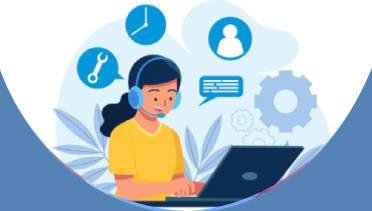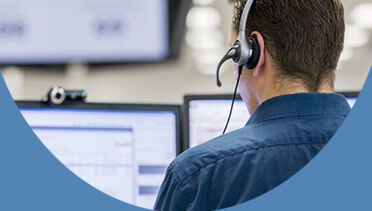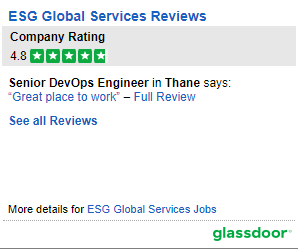Although the traditional levels of support often overlap they generally range from Level 1 to Level 3 support and there are general guidelines that define each tier. ESG provides outsourced technical support in all tiers (a.k.a. first-line, second-line, and third-line outsourced technical support services).
First-line support:
First line support is the initial point of contact that end-users have with an organization and covers the initial handling and triage of simple to complex queries and escalations. ESG provides ad hoc to 24/7/365 1st line support outsourcing. More here: first-line technical service desk outsourcing.
Second-line support:
Aka level 2 support, this refers to the second level of technical support within an organization and involves more advanced troubleshooting and problem-solving than the first level of support, and is generally provided by more experienced support technicians or engineers. More here: second line technical support outsourcing.
Third-line support:
Level 3 support refers to the third and highest level of technical support within an organization. It typically involves the most complex and difficult problems, and is often provided by experts or senior-level technicians and deveiopers/engineers. Tier 3 support may involve debugging software or hardware, researching and developing new solutions, or working with vendors or other external parties to resolve issues. It also includes the escalation of issues that cannot be resolved by level 1 or level 2 service desk support. Level 3 support is the final point of escalation within an organization, and is responsible for finding a resolution to the problem or incident.
An outsourced help desk that covers third-line support covers deeper product and service support for the resolution of incidents and can intersect with DevOps. We provide expert and cost-effective Tier 3 and DevOps capability to our clients in multiple skill sets.
DevOps:
DevOps is a set of practices that combines software development (Dev) and IT operations (Ops) to shorten the systems development life cycle while delivering features, fixes, and updates frequently in close alignment with business objectives. The goal of DevOps is to improve collaboration and communication between development and operations teams, with the ultimate goal of delivering software faster, more frequently, and with higher quality. It involves the use of tools and methodologies such as automation, continuous integration, and continuous delivery to streamline the software development process.
Related terms: Service desk suppliers | Help desk services | Customer services outsource | Customer support offshore | Technical support













